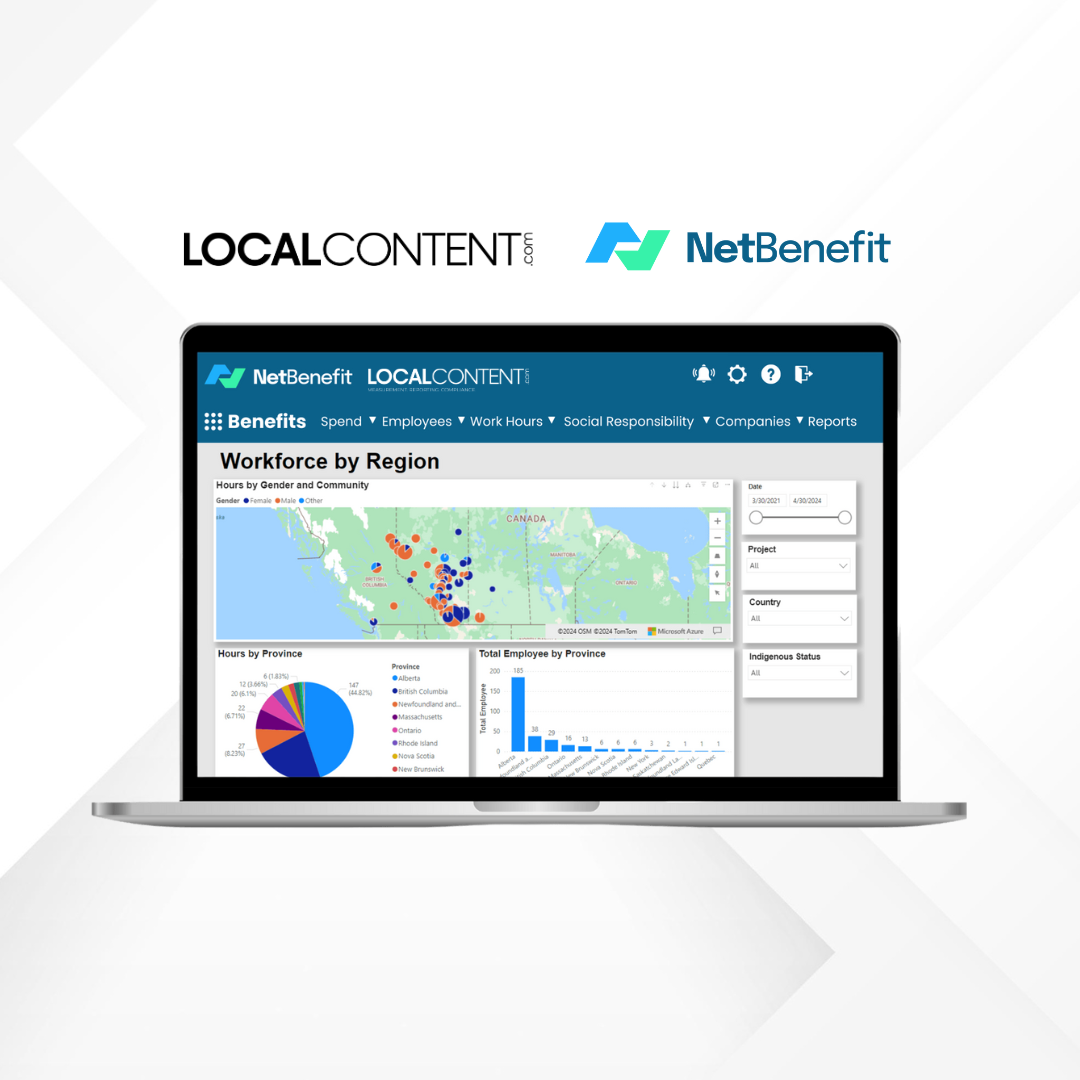(California) – Recognizing that traditional four-year degrees and non-college experiences both provide pathways to stable, well-paid work, Governor Gavin Newsom today unveiled the final framework for the Master Plan for Career Education to strengthen career pathways, prioritize hands-on learning and real-life skills, and advance educational access and affordability. The Master Plan will be supported by funding in the upcoming state budget.
“Every Californian deserves the opportunity to build real-life skills and pursue a fulfilling career — including those that don’t require college degrees. California is working to ensure that every person has what they need to get a well-paying, long-lasting job so we can build an economy for the future that supports all families. We are proud to stand with our local partners in the North State to advance the Master Plan for Career Education, working collaboratively with our Jobs First Economic Blueprint, and create pathways toward new jobs while strengthening California’s regional economies to benefit local communities.”
The Master Plan for Career Education recognizes the need for a more coherent skill-building infrastructure that is forward-looking, accessible and aligned with California’s diverse workforce needs. The framework paves the way to help ensure that all Californians can navigate toward career-sustaining jobs. It stands as a testament to California’s commitment to equip all students and workers — regardless of background or circumstance — with the tools necessary to thrive in a rapidly changing world.
Today’s framework will be followed by the final Master Plan for Career Education, which will be published early in the new year.
The Master Plan for Career Education recognizes the need for a more coherent skill-building infrastructure that is forward-looking, accessible and aligned with California’s diverse workforce needs. The framework paves the way to help ensure that all Californians can navigate toward career-sustaining jobs. It stands as a testament to California’s commitment to equip all students and workers — regardless of background or circumstance — with the tools necessary to thrive in a rapidly changing world.
Today’s framework will be followed by the final Master Plan for Career Education, which will be published early in the new year.
Career Passports
As part of the Master Plan, the state will establish Career Passports to help workers showcase their skills and experiences to potential employers. This tool is designed to make it easier for people, especially those without a four-year degree, to prove their qualifications and access good jobs.
The digital tool will combine traditional academic records, like college transcripts, with verified skills and credentials earned outside the classroom, such as military service, job training, or volunteer work. The concept, also known as a Learning and Employment Record (LER), provides a mechanism for workers to demonstrate knowledge and skills already learned. Employers will be able to use the Career Passport to see a clear, validated record of a person’s abilities, helping to shift hiring practices toward valuing skills over just degrees.
This builds on and supports the Governor’s efforts to create pathways to sustainable, well-paying careers across diverse sectors through earn and learn apprenticeships. Since 2019, over 190,000 Californians have completed state-registered apprenticeship programs, helping put the state on track to meet the Governor’s ambitious goal of serving 500,000 earn and learn apprentices by 2029. To further this effort, California invested more than $221 million last fiscal year in apprenticeship initiatives designed to align workforce development with industry needs and expand apprenticeships into emerging, in-demand fields. By integrating apprenticeships and innovative tools like Career Passports, California is equipping workers with the credentials and skills they need to succeed while addressing workforce gaps and bolstering the economy.
By recognizing and validating prior learning, California is also efficiently closing workforce gaps, advance opportunity, support veterans, and strengthen our economy.
College Credit for Veterans and Workers
As part of a $100 million budget investment to implement key components of the Master Plan, including a Career Passport, Governor Newsom is proposing scaling the state’s Credit for Prior Learning (CPL) effort to make it easier for Californians — especially veterans and military members — to turn their real-world experience into college credit. For example, veterans could earn credit for skills learned during military training, or students who volunteered through a service corps could apply their experience toward their education once this effort is implemented.
The economic impact of this investment would be immediate and substantial — veterans would receive an estimated average of $26,115 in immediate savings and $161,115 in lifetime benefits, translating to $3.7 billion in preserved educational funds and $28.8 billion in long-term economic benefits over 20 years, while also closing equity gaps.
While some colleges already award credit for prior experience, this new effort aims to create a statewide system so more people can benefit. The goal is to help Californians translate their skills and knowledge into real progress toward a degree or career. The budget investment is expected to benefit 250,000 Californians, including 30,000 veterans.
New Coordinating Efforts & Strengthened Local Coordination
Today’s framework also calls for the creation of a new statewide planning and coordinating collaborative to connect California’s education systems, workforce training providers, and employers while also strengthening regional partnerships. This body would evaluate economic changes and workforce needs, coordinate efforts to maximize funding and programs, and develop strategies to prepare students and workers for high-demand careers.
At the regional level, the Master Plan emphasizes leveraging collaborative tables, engaging employers to identify critical skills, expanding work-based learning opportunities like paid internships, and simplifying funding processes to make resources more accessible. Together, these efforts aim to create seamless pathways from education to employment, ensuring Californians are equipped for stable, well-paying jobs and employers can find the skilled workers they need.
Removing Barriers to State Employment
Today, in line with his Freedom to Succeed Executive Order, the Governor also announced the state has now removed college degrees or other certain educational requirements for nearly 30,000 state jobs and a new goal to double that number next year.
The California Human Resources Department (CalHR) evaluates whether a college degree or other educational requirements are truly necessary for a position. The administration is proposing further simplifying civil service jobs by consolidating about 70 job classifications, modernizing descriptions, and removing restrictive qualifications. This effort is part of the Newsom administration’s work to modernize state government and improve the hiring process by removing unnecessary barriers to public service jobs. The proposal for an additional roughly 32,000 positions statewide, is currently being negotiated with employee unions and will be submitted for approval in 2025.
How we got here
In the 1960s, California’s Master Plan for Higher Education established a clear structure for its postsecondary systems (Community Colleges, CSU, and UC), based on a labor market requiring minimal formal education. However, as the 21st century has progressed, California’s economy has evolved. To meet the demands of a rapidly changing workforce, including the rise of artificial intelligence, educational institutions must adapt and develop strategies that support continuous upskilling throughout students’ careers.
In recognition of this, in August 2023, Governor Newsom launched a new way forward through the Freedom to Succeed Executive Order. The culmination of those efforts, the Master Plan for Career Education provides a strategy for responding to the complex, multifaceted challenges confronting California’s labor market and educational landscape. It acknowledges the shifting demographics of college attendees and the changing nature of work — with automation and artificial intelligence reshaping job categories and skill requirements — and provides flexibility to address new challenges that will emerge in the future. The statewide effort has been led by a public-private partnership with philanthropy.
Today’s announcement in Redding highlights key strategies of the North State Regional Plan, one of 13 regional California Jobs First plans developed through engagement with more than 10,000 local community members and experts who identified the needs and opportunities of their local areas. The complete Economic Blueprint will be released early next year, along with $120 million to support ready-to-go job-creating projects statewide within the next three years.









